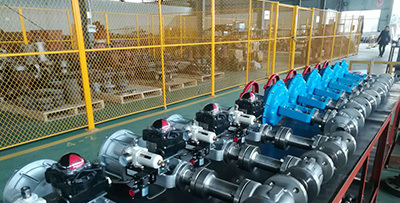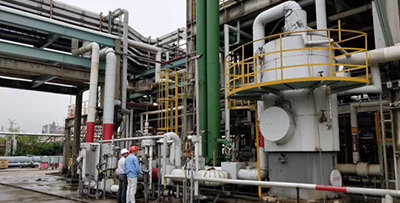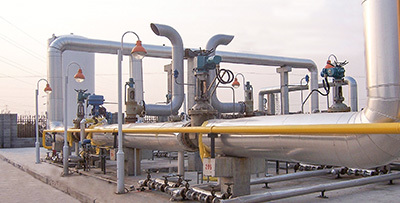
Contact Phone

Electronic E-mail
News Center
Hangzhou Meiya provides you with perfect industrial fluid control products and application solutions

How to convert pressure between GB and ANSI valve standards? What are the differences in temperature base?
Release time:
2022-10-09
We usually usePN, Classare all ways of expressing pressure. The difference lies in the reference temperature corresponding to the pressure they represent.PNThe European system refers tothe pressure corresponding to 120℃, whileClassthe American standard refers tothe pressure corresponding to 425.5℃.
Therefore, in engineering interchanges, we cannot simply perform pressure conversion. For example, Class300# should be 2.1MPa if we only consider pressure conversion, but if we consider the operating temperature, the corresponding pressure will increase. According to the material's temperature pressure resistance test, it is equivalent to 5.0MPa.
There are2 types of valve systems:
One is the "nominal pressure" system represented by Germany (including China), which uses the allowable working pressure at room temperature (100 degrees in China, 120 degrees in Germany) as the basis.
One is the "temperature-pressure system" represented by the United States, which uses the allowable working pressure at a certain temperature as the basis. In the US temperature-pressure system, except for 150LB which is based on 260 degrees, all other levels are based on 454 degrees. For a 150-pound (150psi=1MPa) No. 25 carbon steel valve, the allowable stress is 1MPa at 260 degrees, while the allowable stress at room temperature is much higher than 1MPa, approximately 2.0MPa.
Therefore, generally speaking, the nominal pressure level corresponding to the American standard 150LB is 2.0MPa, and the nominal pressure level corresponding to 300LB is 5.0MPa, and so on.
Therefore, we cannot arbitrarily convert nominal pressure and temperature-pressure levels using pressure conversion formulas.PN is a code related to pressure represented by a number, which is a convenient round integer for reference. PN is approximately equal to the pressure resistance in MPa at room temperature, which is the nominal pressure commonly used for domestic valves. For carbon steel valve bodies, it refers to the maximum allowable working pressure when used below 200℃; for cast iron valve bodies, it refers to the maximum allowable working pressure when used below 120℃; for stainless steel valve bodies, it refers to the maximum allowable working pressure when used below 250℃. When the operating temperature increases, the pressure resistance of the valve will decrease.
American standard valves use pounds to represent nominal pressure. Pounds are the calculated result of the combined temperature and pressure of a certain metal, based onthe ANSI B16.34 standard. The main reason why pounds and nominal pressure are not one-to-one correspondence is that the temperature base of pounds and nominal pressure is different.
We usually use software to calculate, but we should also know how to use tables to check pounds. Japan mainly uses K value to represent pressure level. For gas pressure, in China, we generally use the mass unit "kilogram" (instead of "jin") to describe it, with the unit kg. The corresponding pressure unit is "kg/cm2", and one kilogram of pressure is the force of one kilogram acting on one square centimeter.
Similarly, corresponding to foreign countries, for gas pressure, the commonly used pressure unit is "psi", with the unit "1 pound/inch2", which is "pound/square inch", the full English name is Pounds per square inch. However, it is more common to directly call its mass unit, namely pound (LB.), which is actually the pound force mentioned earlier.
Converting all units to metric units, we can calculate: 1 psi=1 pound/inch2≈0.068bar, 1 bar≈14.5psi≈0.1MPa. European and American countries are accustomed to using psi as the unit. In Class600 and Class1500, there are two different values corresponding to European and American standards. 11MPa (corresponding to 600 pounds) is stipulated by the European system, which is stipulated in "ISO 7005-1-1992 Steel Flanges"; 10MPa (corresponding to 600 pounds) is stipulated by the American system, which is stipulated in ASME B16.5. Therefore, it cannot be absolutely said that 600 pounds corresponds to 11MPa or 10MPa, the regulations of different systems are different.
Due to the different temperature bases of nominal pressure and pressure level, there is no strict correspondence between the two. The approximate correspondence between the two is shown in the table below.
Pounds and Nominal Pressure Comparison Table
|
Pounds (Class) |
150 |
300 |
400 |
600 |
800 |
|
Nominal Pressure PN (Mpa) |
2 |
5 |
6.3 |
10 |
13 |
Previous article
Next article
Related News
2025-01-23
2025-01-23














